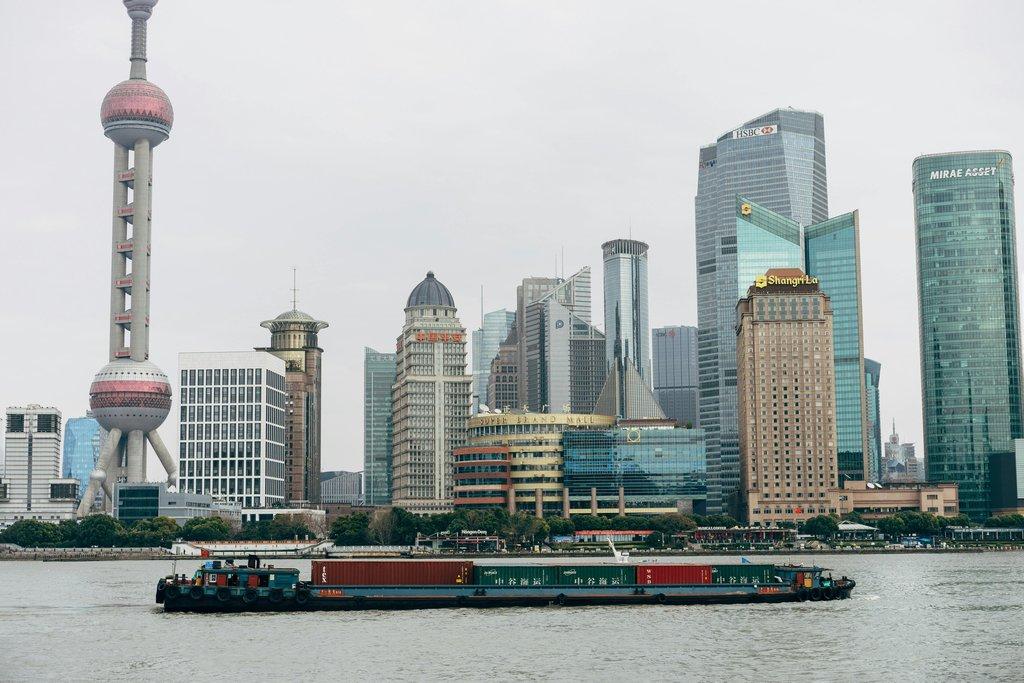
Explore true wealth beyond materialism, S&P 500 insights, China's economy, and global trends shaping financial freedom and smart investments.
Don’t Be Fooled by the Illusion of Wealth: Insights on True Prosperity and Global Economic Trends
Big houses, luxury cars, and designer labels often give the appearance of wealth. However, these are frequently symbols of debt, not prosperity. True wealth lies in freedom, time, health, and financial security—assets that cannot be bought with a credit card or a flashy lifestyle. As global economies evolve, understanding the essence of wealth and the shifts in economic power is more vital than ever.
S&P 500: A Record-Breaking Year and Concentrated Power
The S&P 500 is on track to deliver one of its best annual performances in history. However, this stellar growth comes with concentrated risks. The ten largest U.S. companies now account for nearly 35% of the index’s total value. This means that every $100 invested in the S&P 500 allocates $35 to just ten companies, with the remaining $65 spread across 490 others.
While this concentration has driven significant gains, it also amplifies market vulnerability. A downturn in these dominant companies could have outsized impacts on the broader market, underscoring the importance of diversification in investment strategies.
China on the Rise: Transforming the Global Landscape
China is capturing global attention with its rapid advancements in technology, infrastructure, and economic growth. From constructing futuristic cities to dominating digital payments, the nation is redefining its role on the global stage.
Significant investments in innovation have positioned China as a formidable competitor to the United States. Urbanization continues to drive its booming economy, with millions moving to cities and shifting focus toward domestic consumption rather than reliance on exports. This evolution is not only reshaping China’s economic landscape but also influencing global trade dynamics.
While debates persist about whether China will fully surpass the U.S. economy, its growing influence is undeniable. This trajectory raises critical questions about the future of global power dynamics and the balance of economic leadership in the decades ahead.
China’s Economic Resilience Amid Currency Challenges
Despite these advancements, China faces challenges, including a weakening yuan, which recently hit its lowest level against the U.S. dollar in over a year. However, indicators like the Caixin/S&P Global manufacturing PMI, which rose to 51.5, show resilience. With two consecutive months of manufacturing expansion and strong retail sales data, China’s government feels less immediate pressure to implement large-scale stimulus measures.
China’s equity market currently trades at a 40% discount to India, sparking debates about whether this disparity reflects a “China discount” or an “India premium.” Regardless, China’s rise continues to shape global financial and economic trends.
America’s Productivity Advantage
Since the 2008-09 financial crisis, U.S. labor productivity has surged 30%, outpacing the Eurozone and the UK by more than threefold. This productivity boom has solidified America’s position as a global economic leader. By doing more with less, the U.S. economy has continued to innovate and attract global investment, reinforcing its long-term growth potential.
Lessons for Investors: Wealth Beyond Illusions
Global economic trends offer lessons for both nations and individuals. While the S&P 500 thrives, its concentration underscores the importance of diversified portfolios. In China, resilience in manufacturing and innovation-driven growth demonstrate the potential for long-term economic strength, despite currency fluctuations.
For individuals, the illusion of wealth through material possessions is a cautionary tale. True wealth is about freedom—freedom to live on your terms, unencumbered by debt. Smart investments that prioritize security and growth are the cornerstone of this freedom.
Conclusion: Embracing the Future of Wealth and Power
The global economy is evolving, with the U.S. continuing to lead in productivity and China reshaping global trade dynamics. For investors, this presents opportunities and challenges. Diversification, understanding market concentration, and monitoring global trends are essential for building real, lasting wealth.
In a world increasingly driven by perceptions of success, it’s crucial to remember that true wealth lies in freedom, health, and choices—not material possessions.
What do you think about China’s trajectory? Will it surpass the U.S. as the global economic leader in our lifetime? Share your thoughts!
Disclaimer:
The information provided in this article is for educational purposes only and should not be construed as investment advice. estima...
Author
Shaik K is an expert in financial markets, a seasoned trader, and investor with over two decades of experience. As the CEO of a leading fintech company, he has a proven track record in financial products research and developing technology-driven solutions. His extensive knowledge of market dynamics and innovative strategies positions him at the forefront of the fintech industry, driving growth and innovation in financial services.


